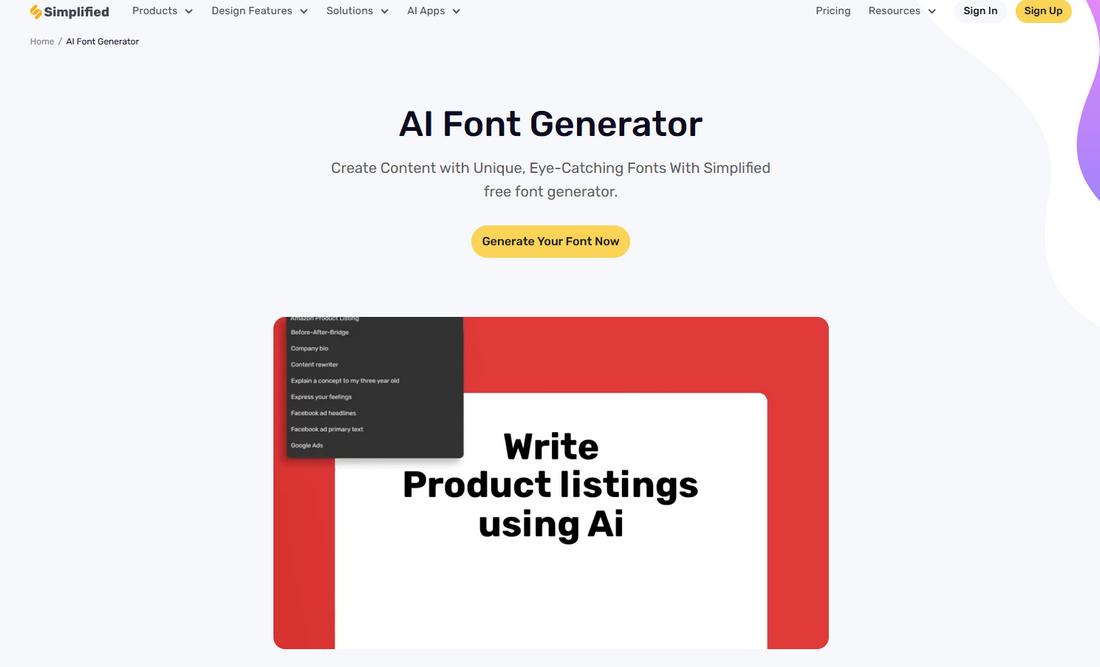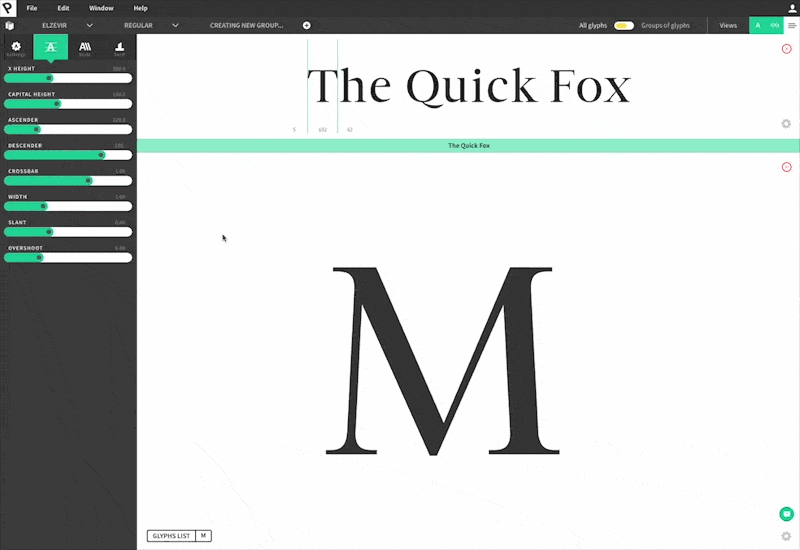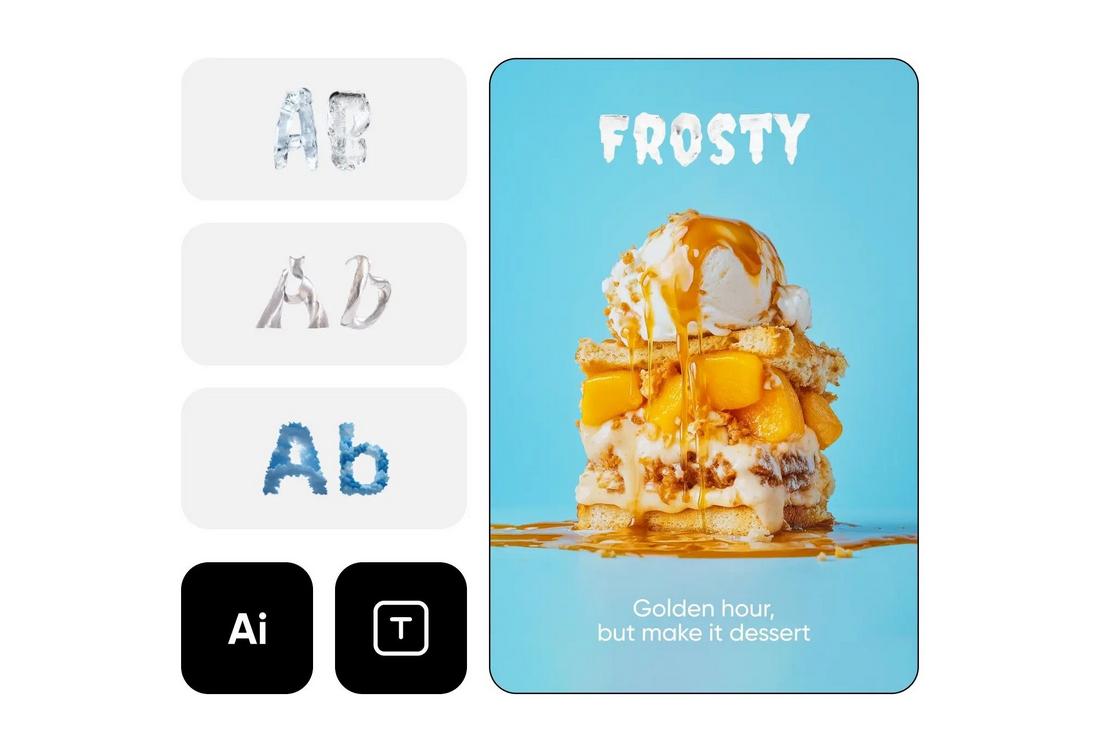AI-Generated Fonts: Are Machines Designing the Future of Type?
Typography has always been a deeply human art form. From hand-lettered scripts to digital typefaces crafted with pixel-perfect precision, fonts reflect culture, emotion, and design sensibility.
But now, artificial intelligence is stepping into the world of type design—bringing with it questions, possibilities, and a new way of thinking about how fonts are made.
AI-generated fonts are quickly gaining attention as tools become more advanced and accessible. These tools can generate typefaces from scratch, suggest stylistic variations, and even learn a designer’s preferences over time.
While it’s still early days, it’s worth asking: Are machines truly capable of designing the future of type? And what does that mean for the role of the human designer?
Let’s find some answers.
How AI Is Being Used in Font Creation
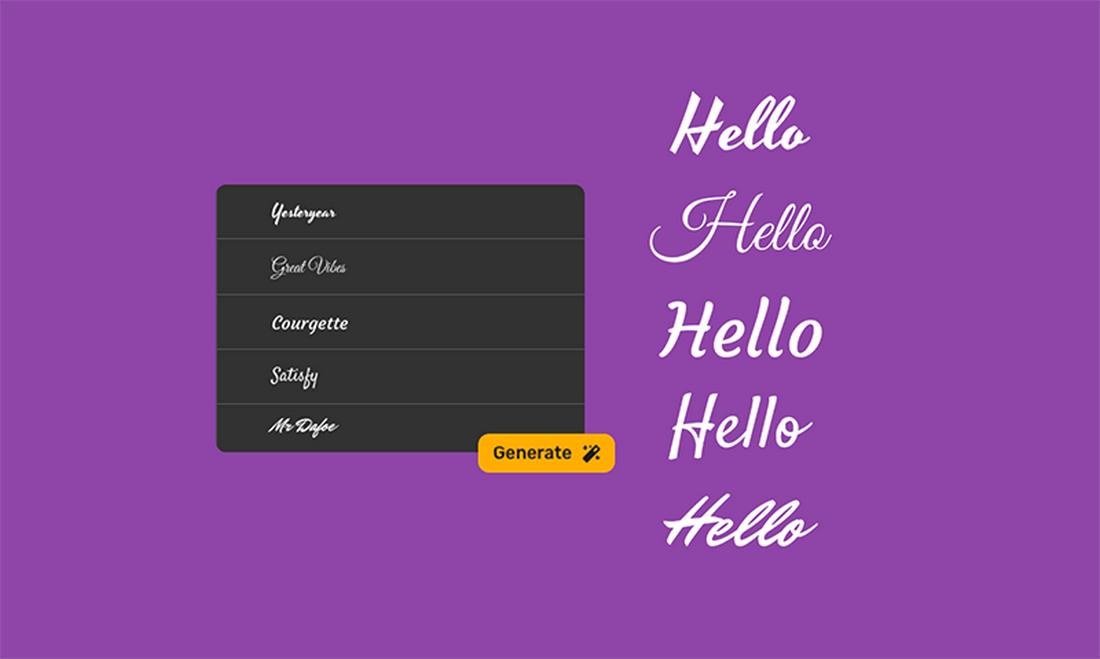
AI tools are now being trained to understand the basic structure and patterns behind typography. Using machine learning, they can analyze thousands of existing fonts and generate new ones that blend different styles or explore uncharted design directions.
Some tools even allow users to input text prompts—like “a futuristic monospaced font” or “a handwritten serif with a vintage feel”—to create entirely new typefaces.
Other applications of AI include font interpolation (creating smooth transitions between two different styles), smart auto-kerners that adjust spacing more accurately than humans, and tools that generate missing characters in a type family based on the style of the existing glyphs.
Several platforms are already pushing the boundaries of AI-driven type design. Tools like Prototypo and Simplified allow users to generate and manipulate font styles in real time with the help of machine learning.
There are even experimental projects that generate multilingual font systems, helping to bridge the gap between languages and scripts with consistent visual language.
In short, AI isn’t just replicating fonts—it’s starting to understand how they work and offering ways to speed up or rethink the design process.
The Pros of Using AI-Generated Fonts
Speed and Efficiency
Designing a font from scratch can take weeks or even months. AI can cut that time down significantly by automating repetitive tasks like spacing, shaping, and generating variations.
For designers working on tight timelines or in fast-moving industries, this speed is a big advantage.
Creative Exploration
AI opens up new doors for experimentation. Designers can explore unusual type combinations, hybrid styles, or completely novel ideas with the help of generative tools.
It’s an opportunity to push boundaries, especially in early stages of a project when creativity matters most.
Customization at Scale
With AI, it’s now possible to generate custom fonts for individuals, brands, or campaigns.
This kind of personalization was once impractical, but AI makes it feasible to offer unique typefaces without starting from scratch every time.
The Limitations of Using AI-Generated Fonts
Originality and Oversaturation
As with AI-generated art, one concern is that too many fonts may start to look similar. When models are trained on existing typefaces, there’s a risk of recycling styles or producing generic-looking results.
This could lead to a wave of forgettable, derivative fonts that clutter the design space.
Loss of Human Touch
Typography is as much about feeling as it is about function.
Many designers worry that AI might miss the subtle emotional cues that come from human experience—things like cultural nuance, hand-crafted imperfection, or the unique voice of an individual designer.
Ethical and Legal Questions
If an AI creates a font based on data from other existing typefaces, who owns the result? And is it fair to use the work of past type designers to train systems that may eventually replace them?
These are questions that the industry is still grappling with, and there are no clear answers yet.
What It Means for Designers
Rather than replacing designers, AI is more likely to become a powerful creative assistant.
Much like how digital tools transformed traditional graphic design, AI has the potential to make font creation faster and more flexible—without removing the human element that makes type design meaningful.
Designers can use AI to handle the heavy lifting—like spacing, testing, or generating early concepts—then step in to fine-tune, refine, and apply their own creative vision.
It’s not about giving up control but about working smarter with tools that adapt to your needs.
Should You Use AI-Generated Fonts?
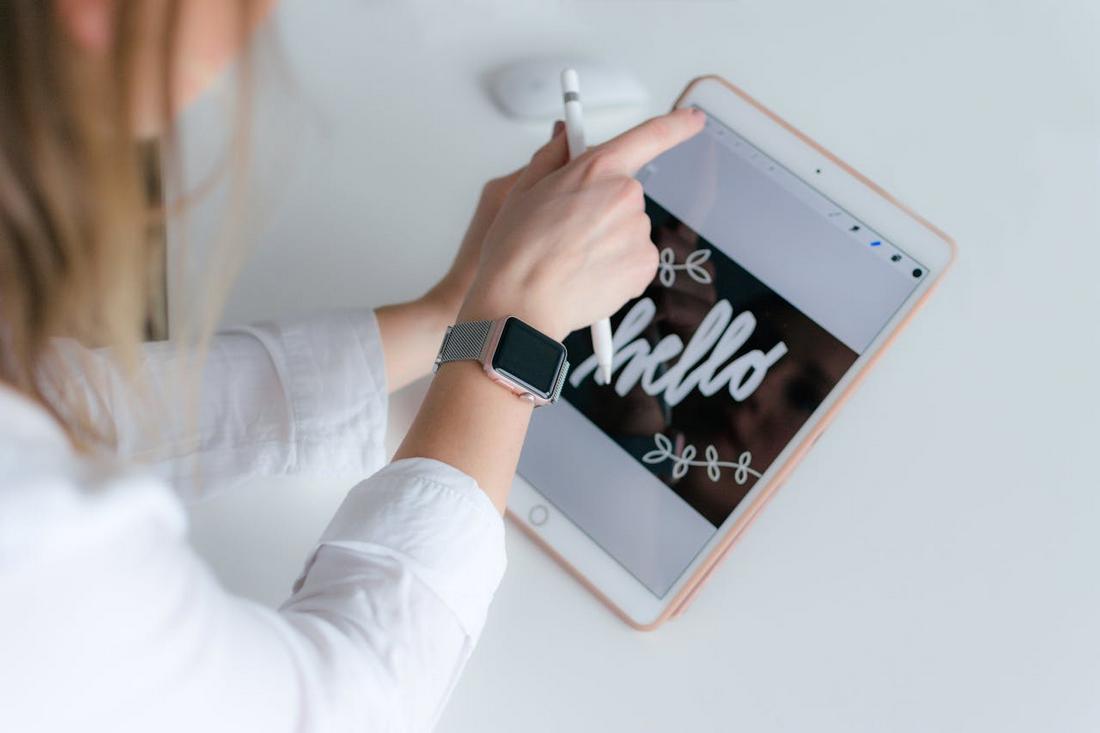
As AI-generated fonts become more accessible, it’s natural to wonder if and when they’re the right choice for your project.
While they offer speed, customization, and variety, they’re not always the best fit in every scenario.
Like any design tool, they shine when used with intention—and some situations call for a more traditional approach.
When to Use AI-Generated Fonts
AI-generated fonts are a great choice when you need something unique quickly. If you’re designing a one-time campaign, experimenting with creative directions, or building early-stage mockups, AI tools can save time and help spark ideas.
They’re also useful for rapid prototyping or when you need a custom look that would be too time-consuming to create from scratch.
For creators working with limited resources—such as small businesses, freelancers, or social media teams—AI-generated typefaces can help bridge the gap between generic free fonts and expensive custom type.
They’re especially handy when branding requires something different, but you’re not quite ready to invest in a full type design project.
When Not to Use AI-Generated Fonts
On the flip side, AI-generated fonts might not be ideal for long-term brand identity, high-end print work, or projects where licensing clarity is crucial.
Since AI tools are still evolving, the quality and consistency of these fonts can vary. You may run into issues with missing characters, poor kerning, or stylistic quirks that require cleanup.
For projects that demand reliability—like publishing, corporate branding, or large-scale advertising—traditional typefaces designed by professionals still offer better craftsmanship and long-term value.
There’s also the legal side to consider. If you’re unsure about how the font was generated or whether it borrows from copyrighted material, it’s safer to stick with fonts that come with clear licensing.
Ultimately, the decision comes down to context. AI-generated fonts are great for speed, exploration, and creativity, but for critical design work where every letter counts, the precision of human-designed typefaces still leads the way.
Looking Ahead: The Future of Typeface Design
As AI continues to develop, we’ll likely see more collaborative tools that merge generative design with human creativity.
Type foundries may use AI to expand their font families, create language-specific adaptations, or prototype new concepts faster. Freelancers and small studios might use AI to offer customized fonts to clients without the need for advanced type design expertise.
At the same time, the value of handcrafted, human-designed typefaces may grow. As AI-generated fonts become more common, uniquely human designs—with their quirks, personality, and imperfections—could stand out even more.
The important thing to remember is that AI-generated fonts aren’t here to replace the artistry of typography—they’re here to support it!
